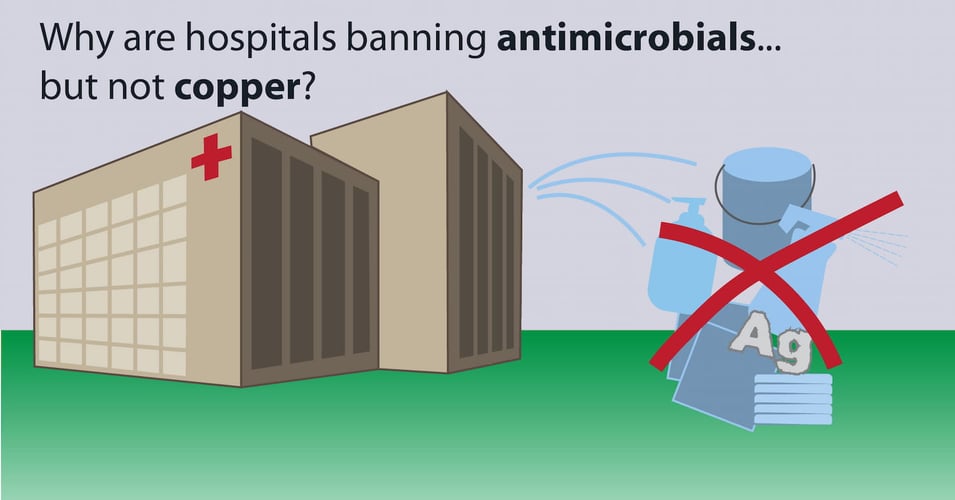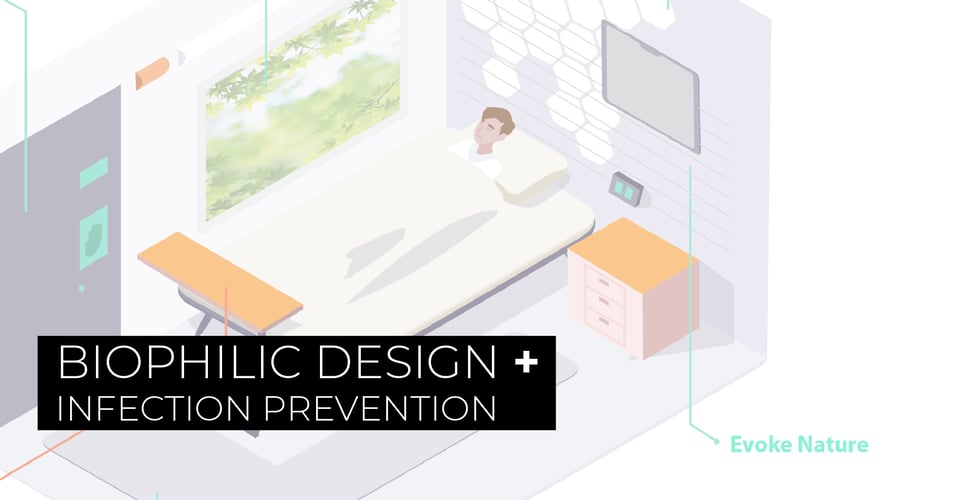Copper Kills SARS-CoV-2 In 4 Hours: Faster Than Any Other Surface Tested

An early release of a new study in the New England Journal of Medicine tested the survivabilty of the virus that causes COVID-19 in air as well as on four surfaces: Cardboard, stainless steel, plastic, and copper. While the virus could be recovered after 24 hours on cardboard, and up to 72 hours on stainless steel and plastic, no virus could be recovered off of copper after 4 hours. This means that copper continuously kills the virus that is causing today's global pandemic, providing a surface option that could help mitigate the spread.
Researchers from the National Institutes of Health, Princeton University and UCLA have released preliminary research that attempts to answer a vital question about HCoV-19, the virus that leads to COVID-19: How long does it survive on surfaces, capable of infecting others? They selected materials common to households and medical facilities, and these are their results:
What does this mean for the spread of COVID-19? It means that there is a surface that can continuously kill the virus, even between disinfecting. It means that airports, military bases, hospitals, testing sites, food distribution centers, and other critical spaces where infected individuals and healthy individuals interact have a material they could use to help break the chain of transmission.
During the SARS epidemic, caused by a virus considered to be a "close cousin" to HCoV-19, there was significant spread in hospitals and other healthcare facilities. Sampling detected viruses on surfaces throughout the healthcare facilities, and led to infection of other, non-SARS patients. Based on preliminary data from China and other first-affected nations, it appears that HCoV-19 can lead to similar healthcare-associated cases, but community-spread cases are still be significant.
What can be done today?There is a practical surface that is EPA-registered as a continuous self-sanitizer and is proven effective in clinical trials. EOScu Preventive|Biocidal Surfaces provide a number of products that can be deployed instantly: Overbed tables, which can double as work surfaces at intake centers and testing sites, as well as bedrail kits that fit over existing bedrails and protect both the patient and the healthcare worker from this high-touch surface. As part of an accelerated building project, EOScu panels can be incorporated in mobile healthcare units as well as free-standing clinics. Most recently, the team has developed a mobile folding table to provide additional safety for the healthcare workers providing testing and assessment around the clock at temporary triage stations. Longer term solutions for continued infection control through risk mitigation may include EOScu slabs, as they are fabricated like any hard surface and can be used in all horizontal surface applications. Find out more here. |
Once a surface is contaminated, it can remain so until it is disinfected. Even under the most rigorous protocols, it is impossible to wipe down a surface constantly. As a result, the contaminated surface remains a threat for hours, possibly leading to what is known as a "super-spreading event," a solitary event (or patient) which can lead directly to the infection of hundreds of patients all at the same time. It is vital to put measures in place that can reduce these super-spreading events as well as transmission to vulnerable patients already in the healthcare system.
In the midst of what seems like a steady stream of bad or troubling news, it is reassuring to know that there are interventions available today that have efficacy against this novel coronavirus. As researchers work tirelessly on a vaccine, healthcare workers take double shifts to care for patients, and government leadership work on ways to lessen the financial burden on the nation, it is good to know that copper, the metal found in both our humble penny as well as our proud Lady Liberty, is ready to help fight the spread of COVID-19.
Want to read more about this study? A number of sources have provided summaries and implications.
Copper Kills Coronavirus: Why Aren't Our Surfaces Covered in It? | Fast Company
Here’s how long the coronavirus can live in the air and on packages | MIT Technology Review
![EOScu Logo - Dark - Outlined [07182023]-01](https://blog.eoscu.com/hubfs/Eoscu_June2024/Images/EOScu%20Logo%20-%20Dark%20-%20Outlined%20%5B07182023%5D-01.svg)

![[infographic] How Copper Kills Bacteria Download and share!](https://no-cache.hubspot.com/cta/default/216314/interactive-178388176798.png)



